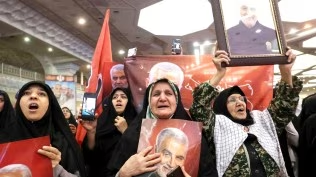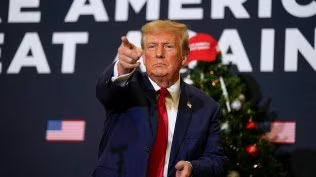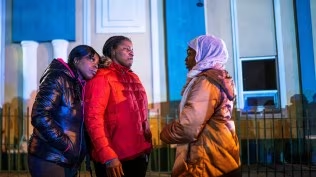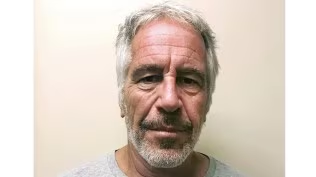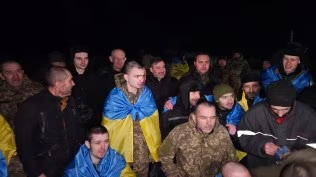Who was Qassem Soleimani, the Iranian general killed by the US in 2020?
Hundreds of Iranians, who had gathered near slain Iranian military general Qassem Soleimani’s tomb in Iran’s Kerman province to mark his fourth death anniversary on Wednesday were caught in a twin blast, which killed 103 people and injured around 200 others.
Iranian authorities have called the explosion a terrorist attack, though no one has taken responsibility for the bombing. Though Iran’s President has accused Israel of orchestrating the attacks, a senior Israeli official and a US State Department spokesperson rejected the claim. “The United States was not involved in any way, and any suggestion to the contrary is ridiculous,” US State Department spokesman Matthew Miller said in a press conference on Wednesday, adding, “we have no reason to believe that Israel was involved in this explosion.”

Qassem Soleimani: Who was he?
Born in 1957 in Kerman province, Soleimani was a popular leader in the Iranian military, widely seen as the second-most powerful figure in the country behind the Supreme Leader of Iran Ayatollah Khamenei.
As per a New York Times report, he was a member of Iran’s revolutionary generation and joined the Islamic Revolutionary Guards Corps (IRGC), a branch of the country’s armed forces, in his twenties. He rose through the ranks during the Iran-Iraq War in the 1980s to become the commander of the Quds Force, the formidable paramilitary arm of the IRGC.
Under General Soleimani’s leadership, the Quds force was converted into an elite military group for covert action and was a major driving force behind Iran’s geopolitical influence, stretching its border across the Northern Levant, as per the New York Times report. He played a significant role in Iran’s military policy in the Middle East – in Syria, he supported President Bashar al-Assad and battled the Islamic State. He also strengthened Iran’s hold on Iraq – several American officials have held Soleimani responsible for the deaths of their troops in Baghdad.
In addition, General Soleimani also played a key role in Iran’s support of extremist groups like Hezbollah in Lebanon and Hamas in Gaza by providing them with weapons, funds and training. He was designated as a terrorist under the Obama administration in 2011 for his role as the commander of the Quds Force.
How was he killed?
General Soleimani was killed in the early hours of Friday, January 3, 2020 in the premises of the Baghdad International Airport in Iraq with the approval of the then-US President Donald Trump.
Soleimani, along with his long-time associate Abu Mahdi al-Muhandis, was killed in a targetted drone strike as he was travelling in a car shortly after landing in Baghdad, as per a Guardian report detailing his final journey. A number of Iraqi officials, including five Revolutionary Guard members and Soleimani’s son-in-law, were also killed along with him, reported Iran’s state media. His body was identified via a prominent red ring on his severed hand, as per media reports.
Shortly thereafter, the US Department of Defense took responsibility for the attack. “At the direction of the President, the US military has taken decisive defensive action to protect US personnel abroad by killing Qasem Soleimani, the head of the Islamic Revolutionary Guard Corps-Quds Force, a US-designated Foreign Terrorist Organisation,” it said in a statement.
Trump, in his remarks following the assassination, accused Soleimani of “plotting imminent and sinister attacks on American diplomats and military personnel.”
“Soleimani made the death of innocent people his sick passion, contributing to terrorist plots as far away as New Delhi and London,” he said, adding, “Soleimani has been perpetrating acts of terror to destabilize the Middle East for the last 20 years. What the United States did yesterday should have been done long ago.”
Following General Soleimani’s demise, a three-day period of national mourning was declared in Iran. His funeral on January 6 was attended by millions, and though he was scheduled to be buried the next day at the Martyr’s Cemetary at his hometown in Kerman province, the ceremony was postponed by two days after a stampede during the burial procession resulted in the death of at least 56 people and left nearly 200 other injured.
Vartika Singh is an intern at indianexpress.com
Disclaimer: The copyright of this article belongs to the original author. Reposting this article is solely for the purpose of information dissemination and does not constitute any investment advice. If there is any infringement, please contact us immediately. We will make corrections or deletions as necessary. Thank you.

